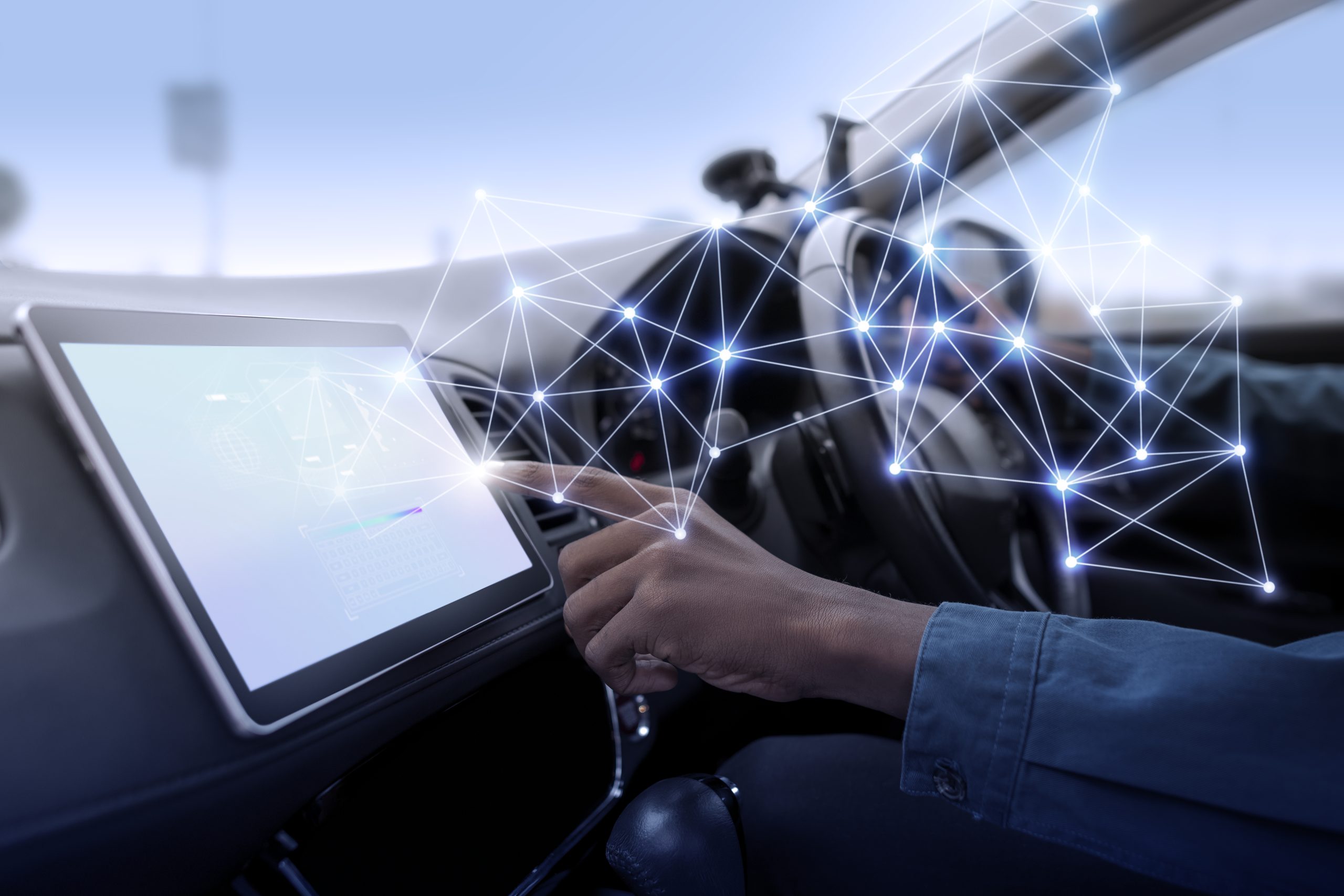Understanding Radar Detection Systems
Radar detection systems have become a hallmark of high-end vehicle features, significantly enhancing safety and driving experience. These systems utilize advanced radar technology to detect and track objects around the vehicle, providing drivers with crucial real-time information. The key components of these systems include transmitters, receivers, and processors. The transmitter sends out radio waves that bounce off objects and return to the vehicle, where the receiver captures these echoes. The processor then interprets this data, alerting the driver to potential obstacles.
In luxury vehicles, radar detection systems offer diverse functionalities beyond basic object detection. For instance, adaptive cruise control and collision avoidance systems are equipped in many high-end models, relying heavily on integrated radar technology. These features enhance driving safety and offer a smoother driving experience by maintaining a safe distance from other vehicles or automatically braking when necessary.
Additional reading : Enhancing British Sports Cars: The Superior Benefits of Ceramic Brake Pads
Diverse models of radar detection systems exist across premium cars, each with unique capabilities and specifications. Differences may lie in the range, precision, and functionality of the radar systems. Some vehicles might incorporate additional sensors to complement radar technology, such as cameras, for more comprehensive environmental awareness.
Calibration Techniques for Optimal Performance
Proper calibration methods are crucial for enhancing the functionality of radar detection systems in high-end vehicles. They’re vital for ensuring that radar detection systems deliver optimal performance and accurate results.
In the same genre : Essential Checklist: Key Components of Your Vehicle’s Emergency Braking System to Inspect Before Your Journey
Importance of Calibration
Accurate radar detection heavily relies on the radar sensitivity adjustment. Regular calibration is necessary to meet the evolving demands of advanced driving conditions. Without it, systems may misinterpret data, resulting in false alerts or missed detections. This is especially important as manufacturers increasingly lean on integrated radar technology to provide sophisticated safety features.
Step-by-step Calibration Process
A comprehensive calibration process involves several steps. First, technicians ensure that all system components are correctly aligned and operational. Next, they fine-tune the system to adjust sensitivity settings, maintaining precision in varied environments. Calibrators will then test these adjustments under controlled conditions, gradually introducing variables like changing speeds and different obstacle types to ensure reliability.
Common Calibration Pitfalls
Despite its importance, many owners overlook calibration schedules, which diminishes the system’s effectiveness. A common mistake is ignoring environmental changes, which impacts functionality. Drivers should be aware that both internal misalignments and external factors can affect radar detection, necessitating ongoing recalibration for performance optimization.
Best Practices for UK Motorway Use
Navigating UK motorways with radar detection systems requires understanding specific regulations and adaptive strategies. In the UK, the use of radar detectors is prohibited while radar detection systems integrated into high-end vehicles are legal because they differ from standalone devices. UK motorway regulations emphasize enforcement practices to prevent radar detector misuse. Drivers must adhere to these rules to avoid legal penalties.
To enhance radar detection efficiency on UK motorways, consider adjusting settings based on road conditions. For instance, precision adjustments are vital during varying traffic volumes or inclement weather. Understanding how your system’s radar sensitivity can be tailored to meet these conditions optimizes performance.
Maximising radar detection capabilities during high-speed travel involves strategic adaptation. Enhance radar efficiency by ensuring regular calibration and understanding its functionality within different environments. Adjust your practices based on motorway conditions using the radar detection capabilities built into your high-end vehicle.
For best results, continuously evaluate your radar detection system’s settings to suit the particular driving conditions experienced on UK motorways. This approach not only complies with UK motorway regulations but also boosts overall driving safety and radar detection efficiency.
Advanced Features of High-End Vehicles
High-end vehicles today boast advanced radar features, transforming modern driving experiences. Notably, these features incorporate luxury vehicle technology through integrated systems, enhancing safety and convenience.
Sensor Integration
High-end vehicles leverage a sophisticated network of sensors for comprehensive data analysis. They employ radar, lidar, and cameras, collectively enhancing environmental awareness. This integration allows vehicles to precisely detect objects at various distances and angles, contributing to features like adaptive cruise control and automatic emergency braking. Sensor fusion ensures reliability by cross-verifying data for accurate safety assessments. By blending these technologies, luxury cars offer heightened safety and improved response to external stimuli.
User Interface and Alerts
The user interface in premium vehicles presents data seamlessly to drivers. Displaying real-time information through dashboards or heads-up displays, it offers crucial insights without causing distraction. Alert systems are intuitive, using visual, auditory, and haptic feedback to inform drivers of potential hazards. This ensures a proactive approach to driving safety, allowing for timely decision-making and enhancing the overall driving experience.
Data Analytics and Performance Tracking
Advanced radar technology incorporates robust data analytics, aiding in performance tracking and future calibration improvements. By analysing historical data, systems can be optimized for changing conditions. This capability ensures vehicles remain updated with minimal manual intervention, promoting efficient operation and safety.
Challenges and Limitations of Radar Detection
Radar detection systems face a number of detection challenges which can affect their efficacy, especially on UK motorways. Among these, radar blind zones pose significant obstacles. Blind zones occur when certain areas around the vehicle are not covered by the radar’s field, potentially leading to missed detections.
These blind zones highlight a crucial limitation of radar technology: it cannot see everything. Strategically positioning additional sensors, like cameras or lidar, can mitigate these gaps, enhancing the radar’s overall effectiveness. However, even with these solutions, drivers should remain vigilant for hidden obstacles that radar might miss.
Environmental factors also play a pivotal role in radar performance. Weather conditions, such as heavy rain or fog, can disrupt radar signals, reducing detection accuracy. Furthermore, variations in road design, like curves or elevation changes, may obstruct radar waves, affecting coverage precision.
Vehicles with advanced radar systems often adapt by automatically adjusting sensitivity to accommodate environmental changes. This adjustment can improve detection reliability but requires regular calibration and driver awareness to ensure optimal performance. Understanding and navigating these challenges can significantly increase radar detection reliability on the road.
Safety Considerations and Legal Regulations
Navigating the intersection of safety and legal requirements is crucial for drivers using radar detection systems in the UK. Adapting to these frameworks ensures both compliance and enhanced driving security.
Staying Up-to-Date with Laws
Staying informed about UK laws concerning radar detectors is essential. While integrated radar detection systems are legal, the use of standalone radar detectors is prohibited. This distinction highlights the importance of understanding the nuances in regulation. Keeping abreast of legislative changes ensures responsible use, and prevents potential fines or legal disputes.
Ensuring Driver Safety
To ensure driver safety, proactive practices should be adopted. Regularly adjusting radar sensitivity according to driving conditions enhances the system’s efficacy, reducing the risk of false alerts. It’s also wise to routinely verify the system’s calibration, maintaining optimal performance and accuracy. Staying alert to additional safety features, such as automated braking, further complements a secure driving strategy.
Best Radar Detection Practices to Avoid Legal Issues
Adhering to the best practices in radar detection includes comprehensive legal compliance and performance optimization. Dedicate time to understanding your vehicle’s radar capabilities, adjusting settings appropriately. Regular updates and system checks can prevent legal complications while enhancing overall system efficiency. This foresight promotes both safety and compliance, ensuring a seamless driving experience.

